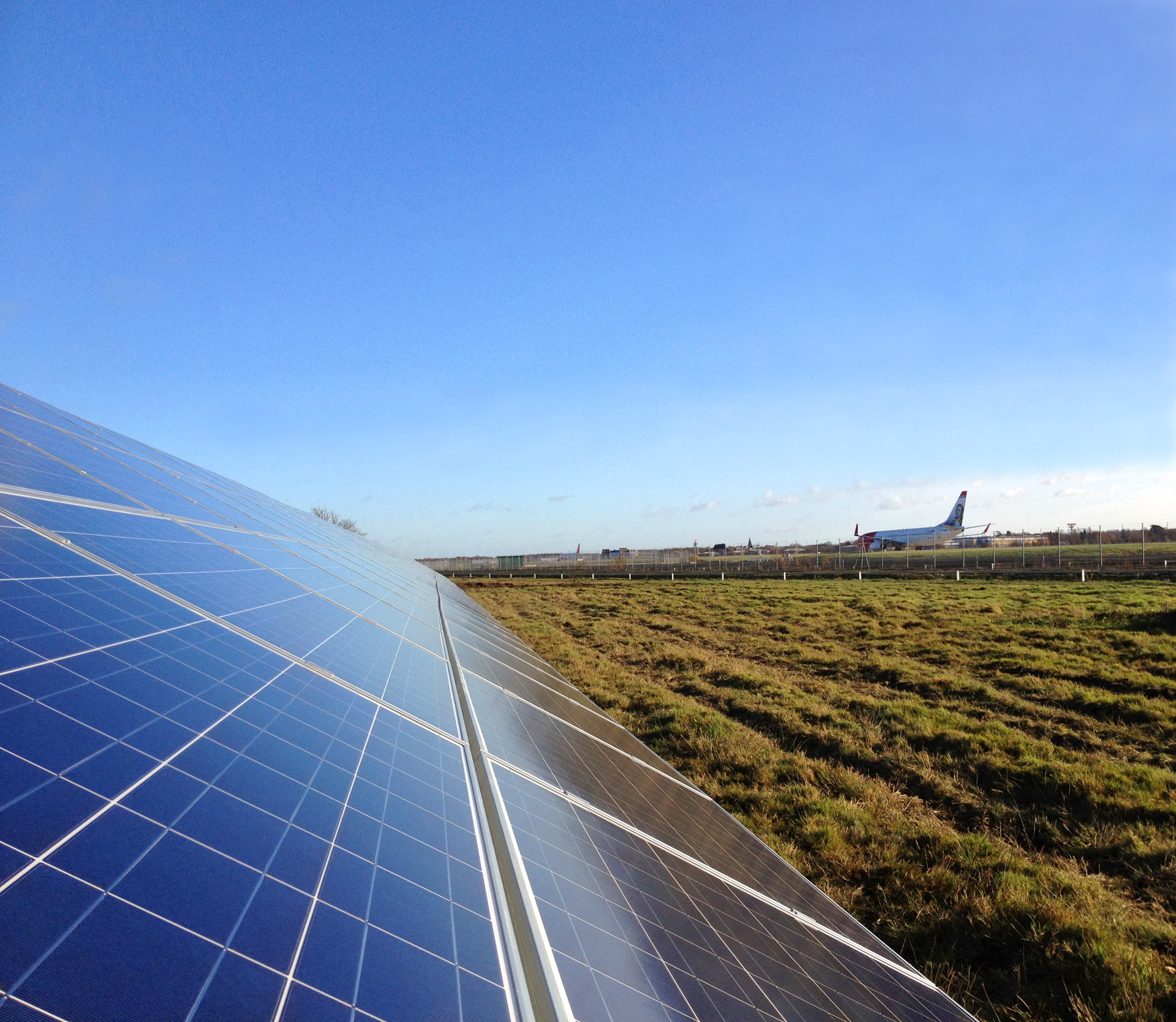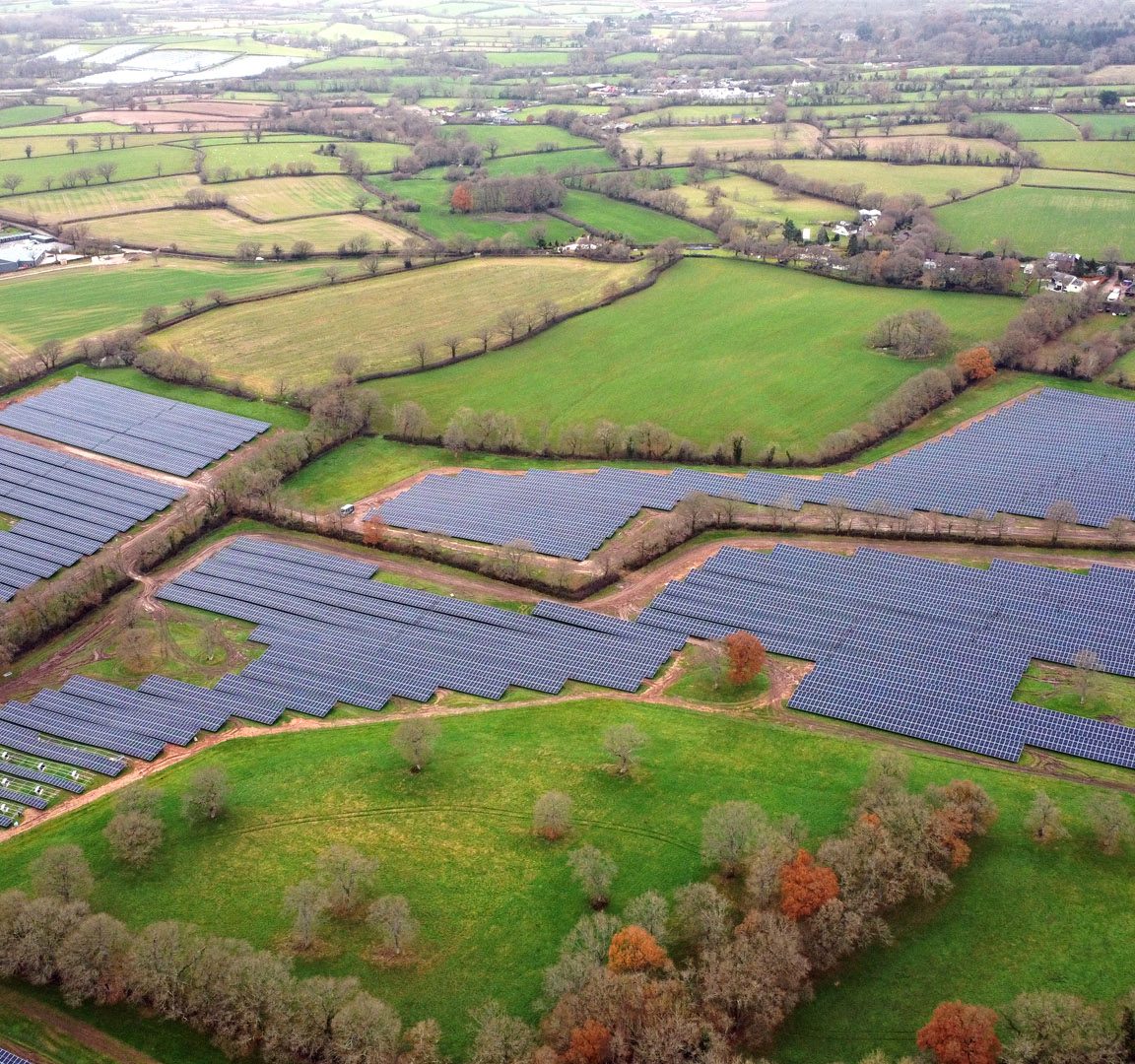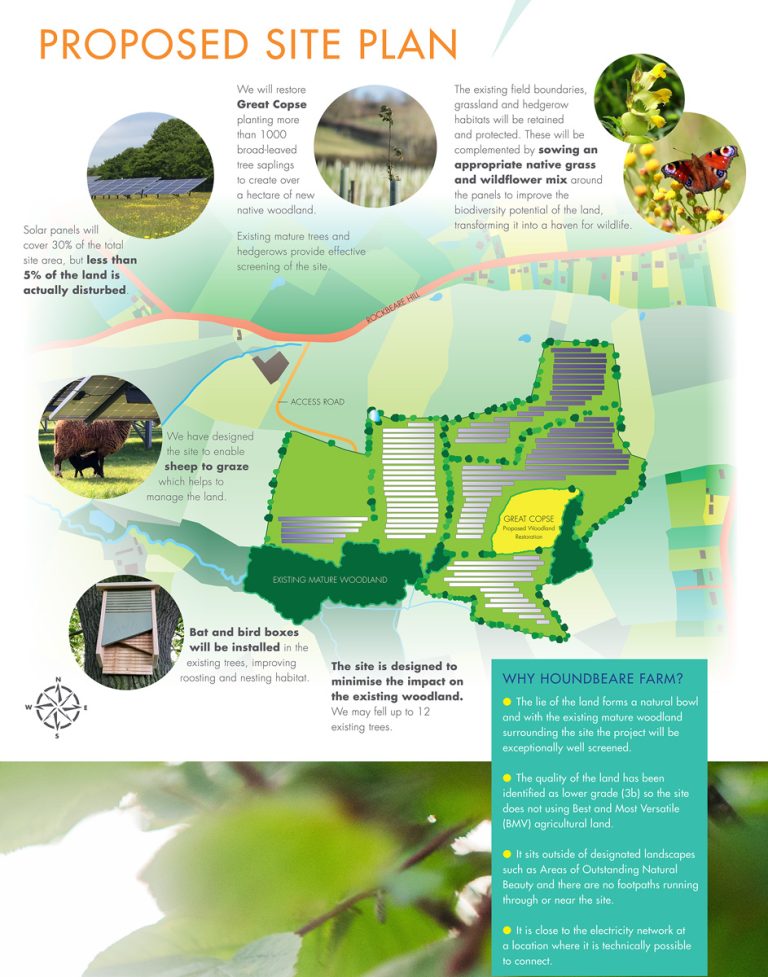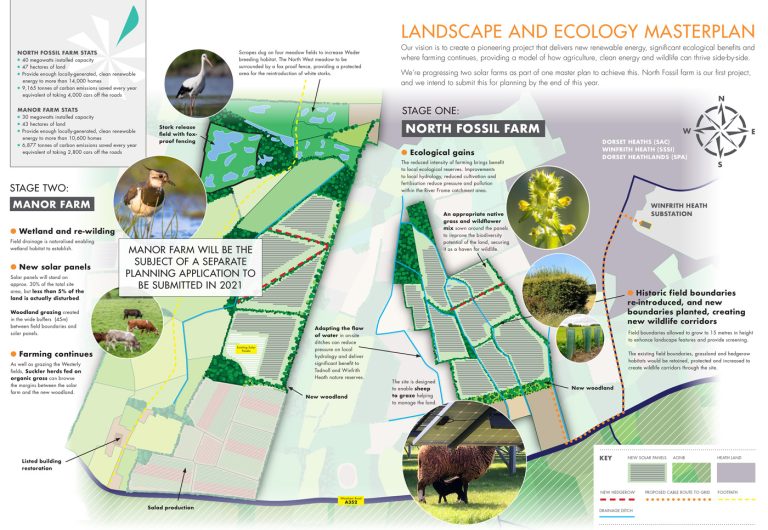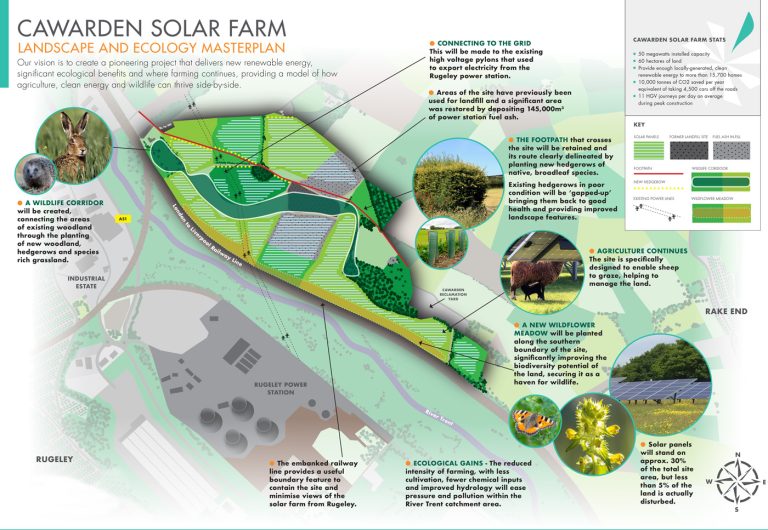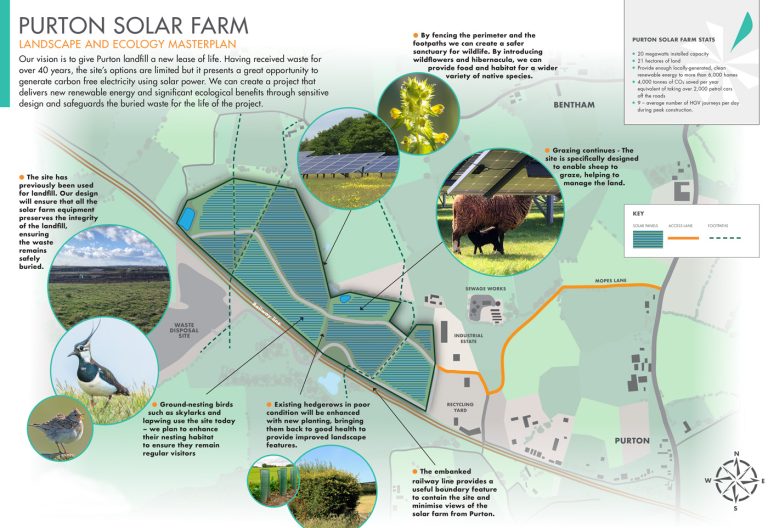Or contact us
Photovoltaic (PV) cells are specially designed silica based tiles or sheets composed of a combination of semi-conductors and conducting material.
Traditionally, PV cells are made from high purity crystalline silicon – a rock-like ‘metal’ that is cut into wafers during the manufacturing process. When photons from light of specific wavelengths hit these tiles, electrons are displaced from the semi-conducting to adjacent conducting material, and an outgoing electric current is induced by the cell. Solar cells can be put together into modules with a wide variety of power outputs, shapes and sizes.


